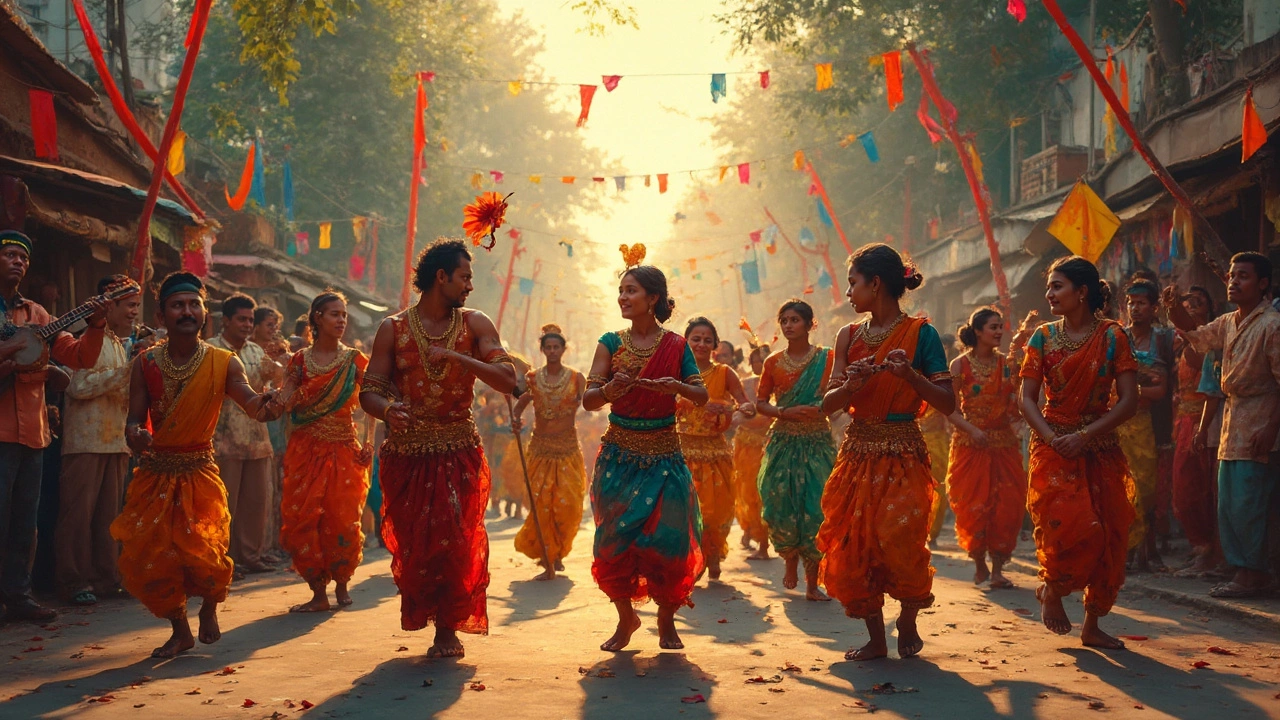Ethnic Festival – Your Quick Guide to India’s Colorful Traditions
India is a patchwork of languages, foods, and customs, and the best way to see that patchwork in action is by joining an ethnic festival. These events aren’t just parties; they’re living history, a chance to taste, hear, and feel the soul of a region. If you’re wondering why you should care, or how to make the most of a festival you stumble upon, keep reading. We’ll break down the why and the how in plain, useful steps.
Why Ethnic Festivals Matter
Every ethnic festival tells a story. Whether it’s the bright drums of Durga Puja in West Bengal or the camel‑laden splendor of the Pushkar Camel Fair, each celebration marks a belief, a harvest, or a historic event. The rituals, the music, and even the clothes worn are clues to how people lived centuries ago and how they live today. By watching the dances, listening to the folk songs, and trying the local foods, you get a direct line to the culture that books often skim over.
Beyond education, festivals bring people together. Travelers, locals, and vendors mingle in a space where language barriers melt away. You’ll find a kid offering you a sweet, an elder sharing a short poem, and a group of youngsters teaching you a simple dance step. Those moments create memories that last longer than any souvenir you could buy.
How to Experience an Ethnic Festival
Plan ahead, but stay flexible. Check the festival dates online or ask a local. Many events start early in the morning with a procession and end late at night with fireworks. Pack a small bag with water, a portable charger, and a reusable bag for snacks you might pick up.
Dress appropriately. Most festivals have a dress code – modest clothing, bright colors, or traditional attire. If you’re not sure, a simple kurta or a cotton shirt with comfortable pants works everywhere. Avoid heavy jewelry that can get caught in crowds.Try the food. Street stalls are the heart of any festival. Look for dishes that locals recommend, like pani puri in Gujarat or lassi in Punjab. If a dish looks too spicy, ask the vendor for a milder version – they’re usually happy to help.
Participate, don’t just watch. When a group invites you to join a dance circle, step in. Most people appreciate the effort more than perfect moves. Even clapping along to a drum beat shows respect.
Capture moments, not just photos. Record a short video of a folk song or a ritual chant. Those audio snippets let you relive the excitement later and share a richer story with friends.
Respect the rules. Some festivals have sacred areas where cameras are prohibited or where certain behaviors are considered rude. A quick glance at signboards or a polite question to a volunteer clears up any confusion.
Finally, stay curious. Ask why a particular ritual exists or what a symbol means. Most locals love to explain, and those conversations often lead to hidden spots you wouldn’t find on a tourist map.
In short, an ethnic festival is a shortcut to understanding India’s diverse heritage. With a little preparation and an open mind, you’ll walk away with stories, flavors, and friendships that stay long after the music stops.
